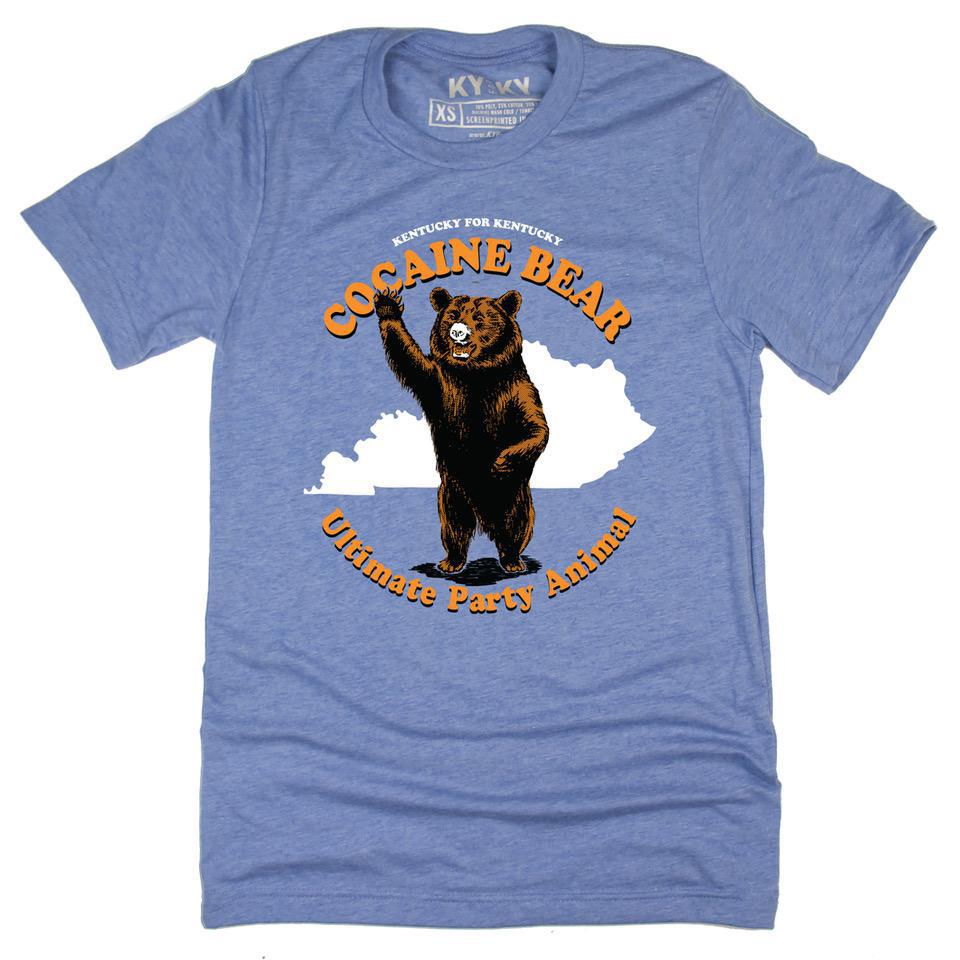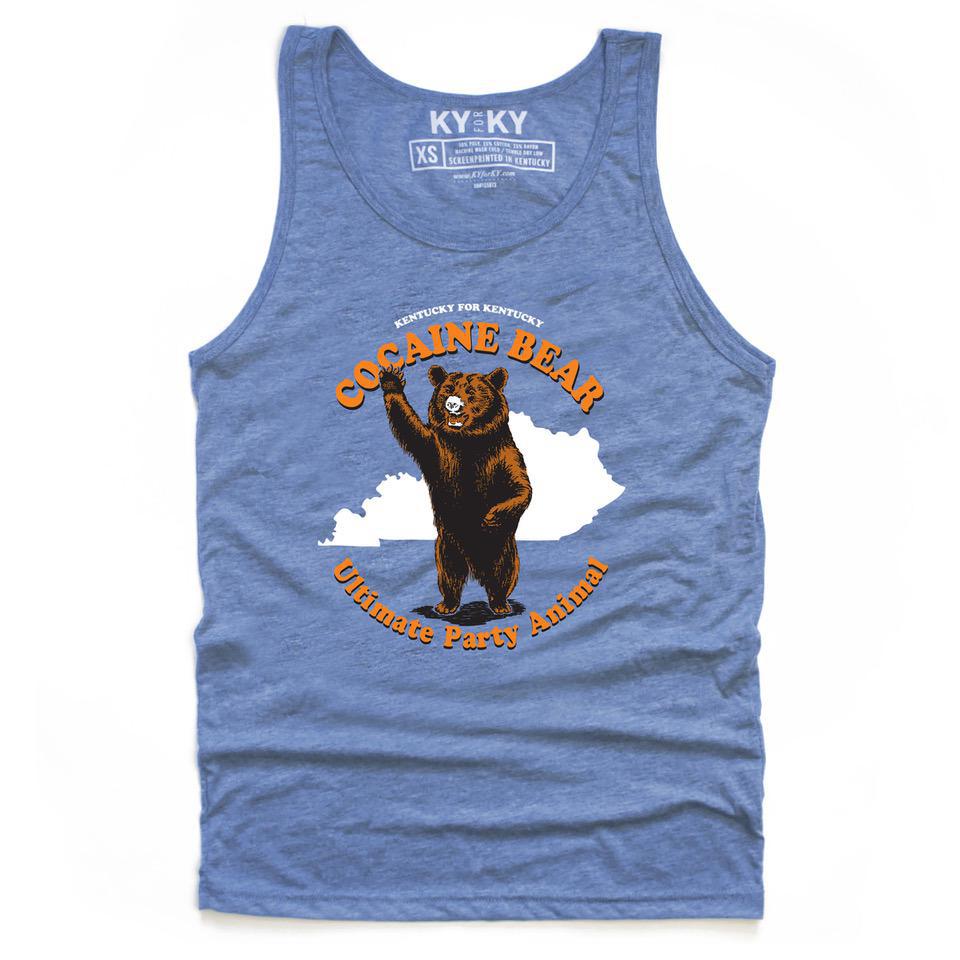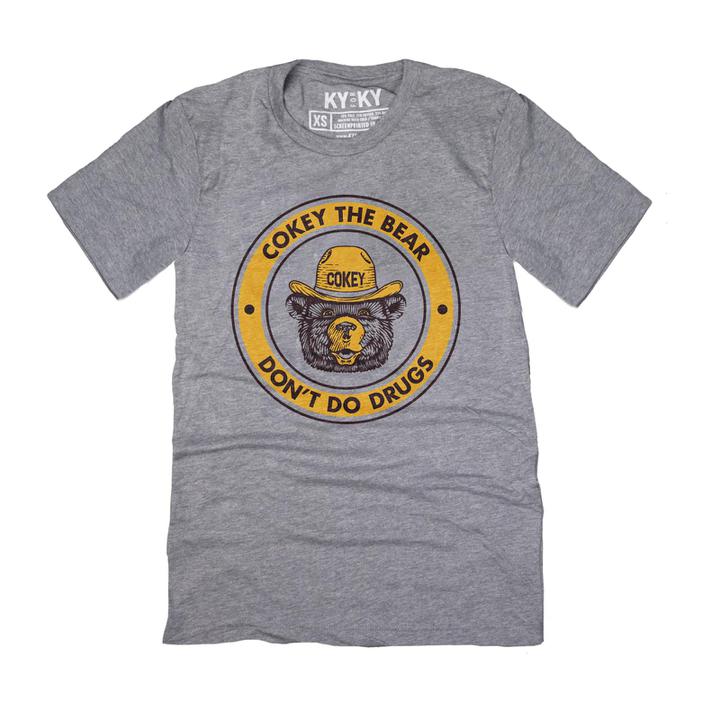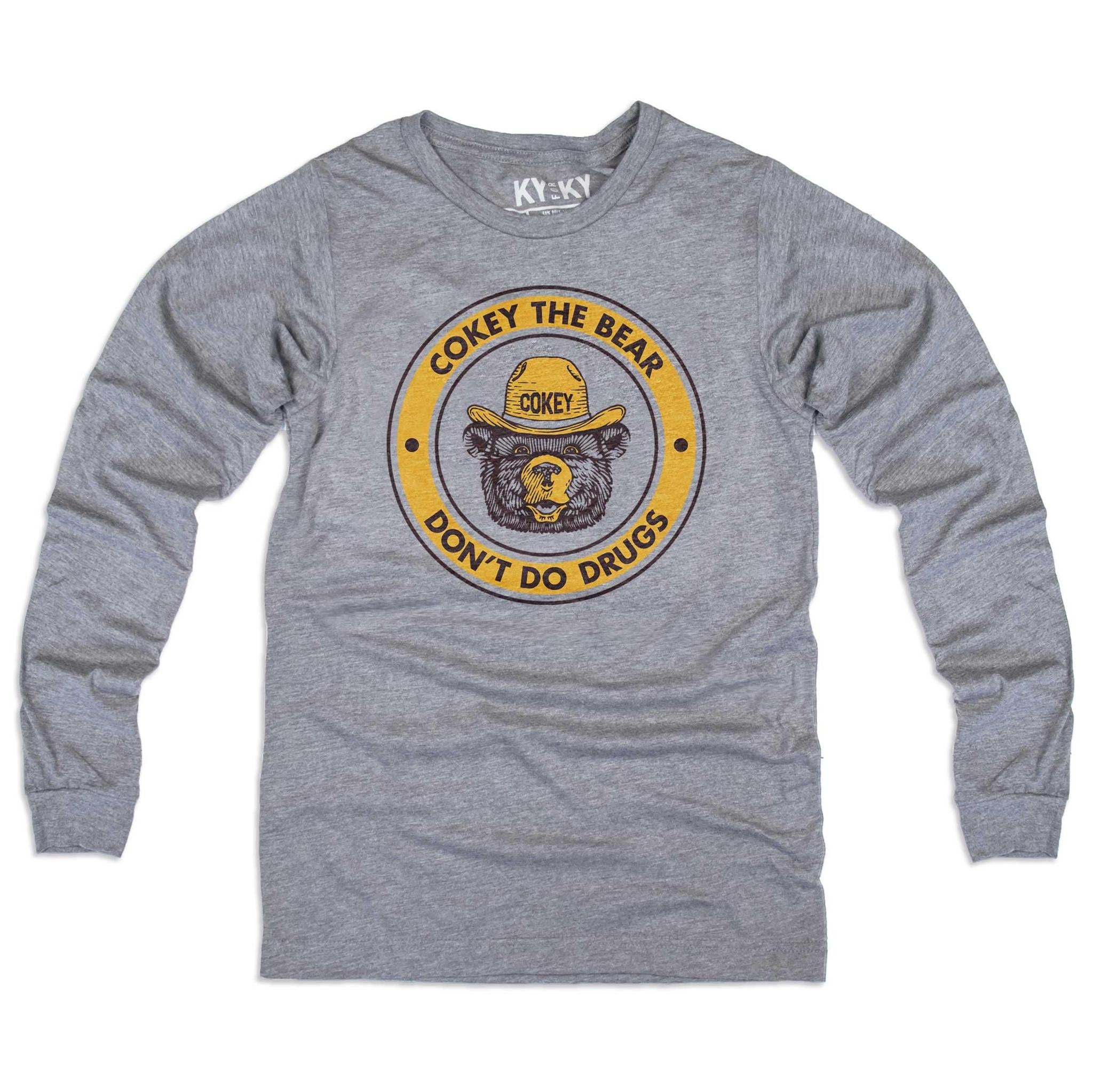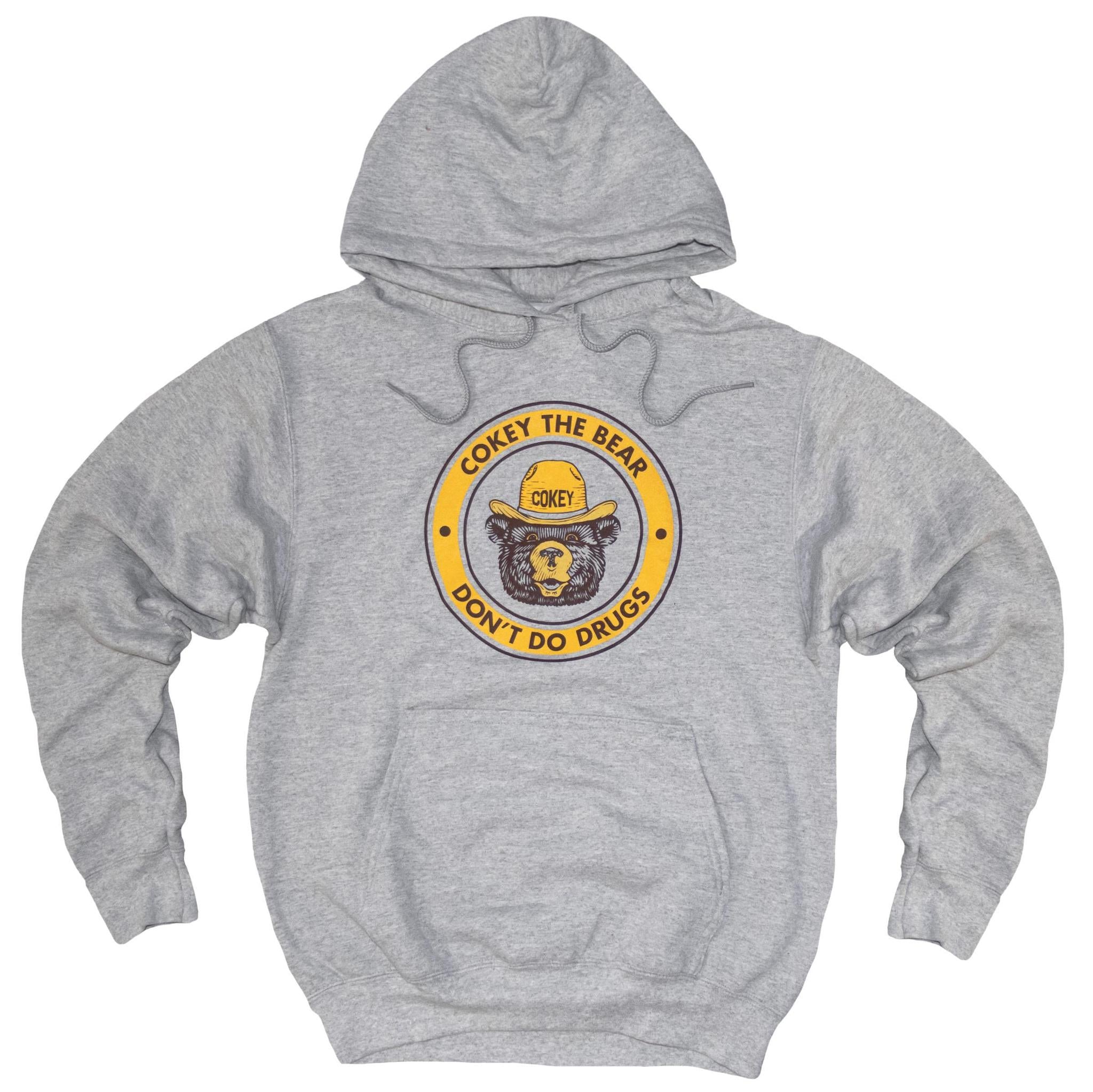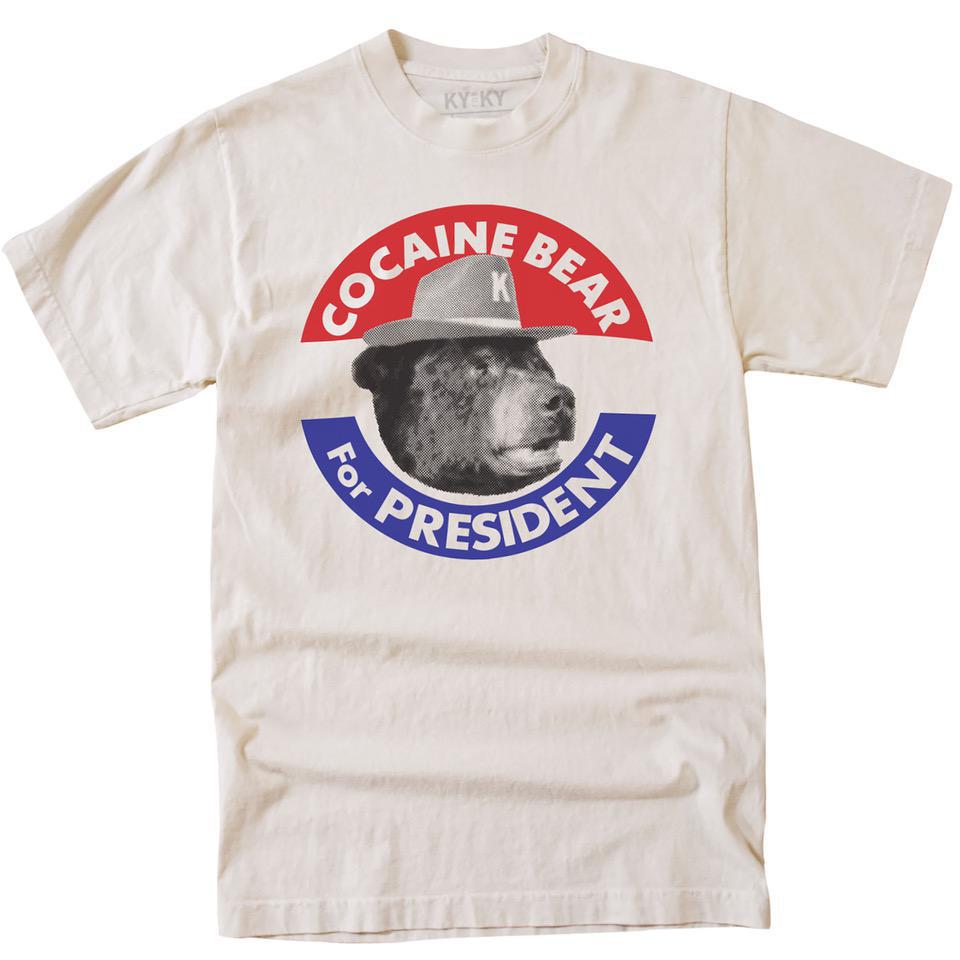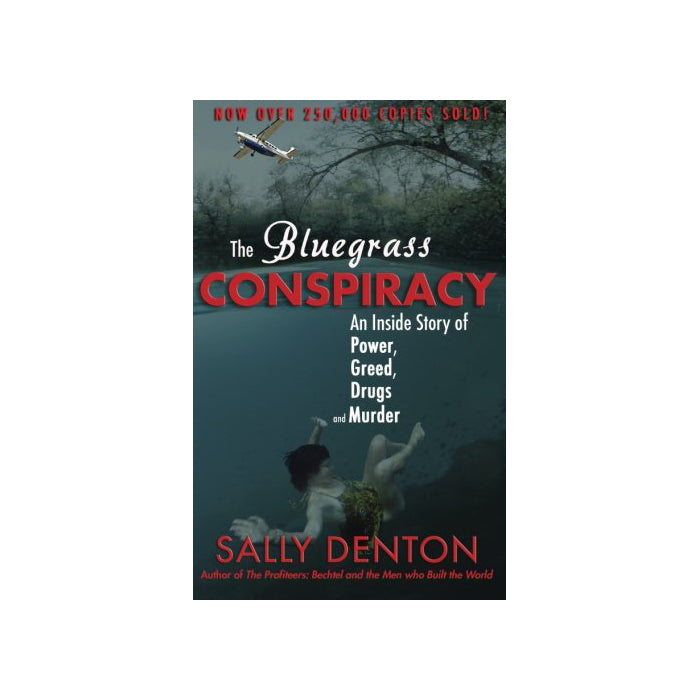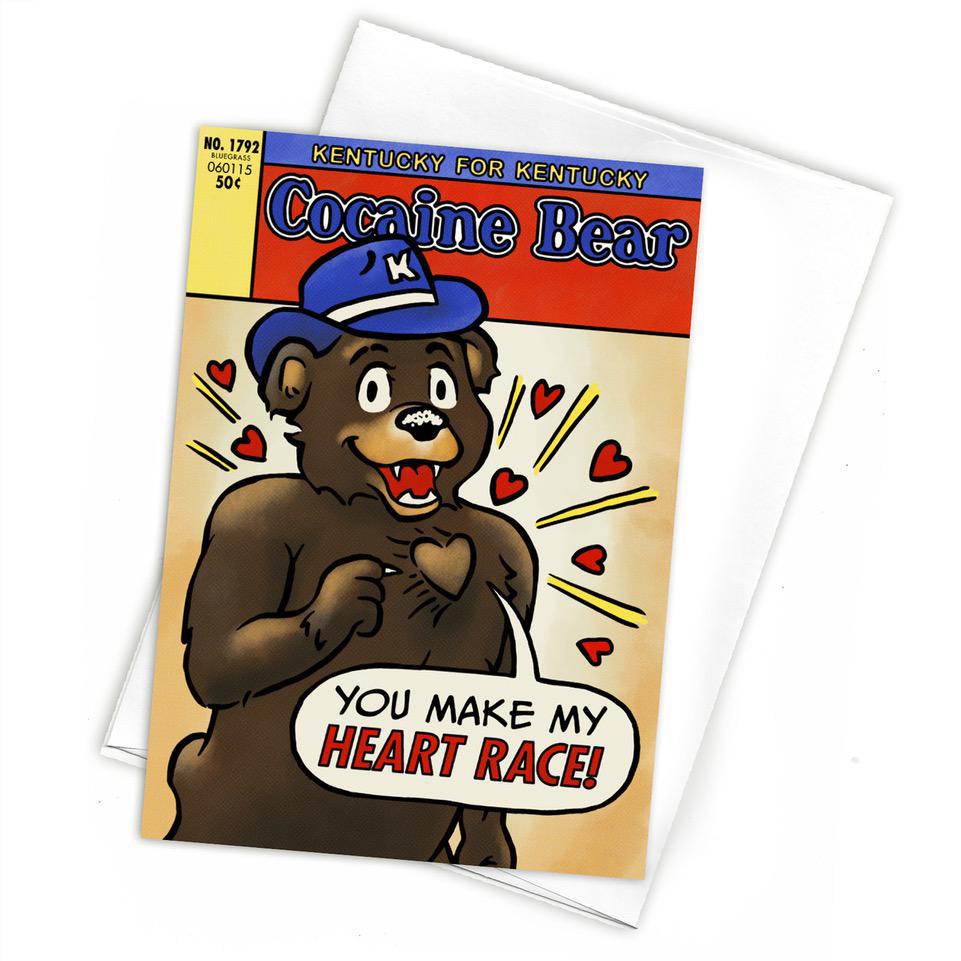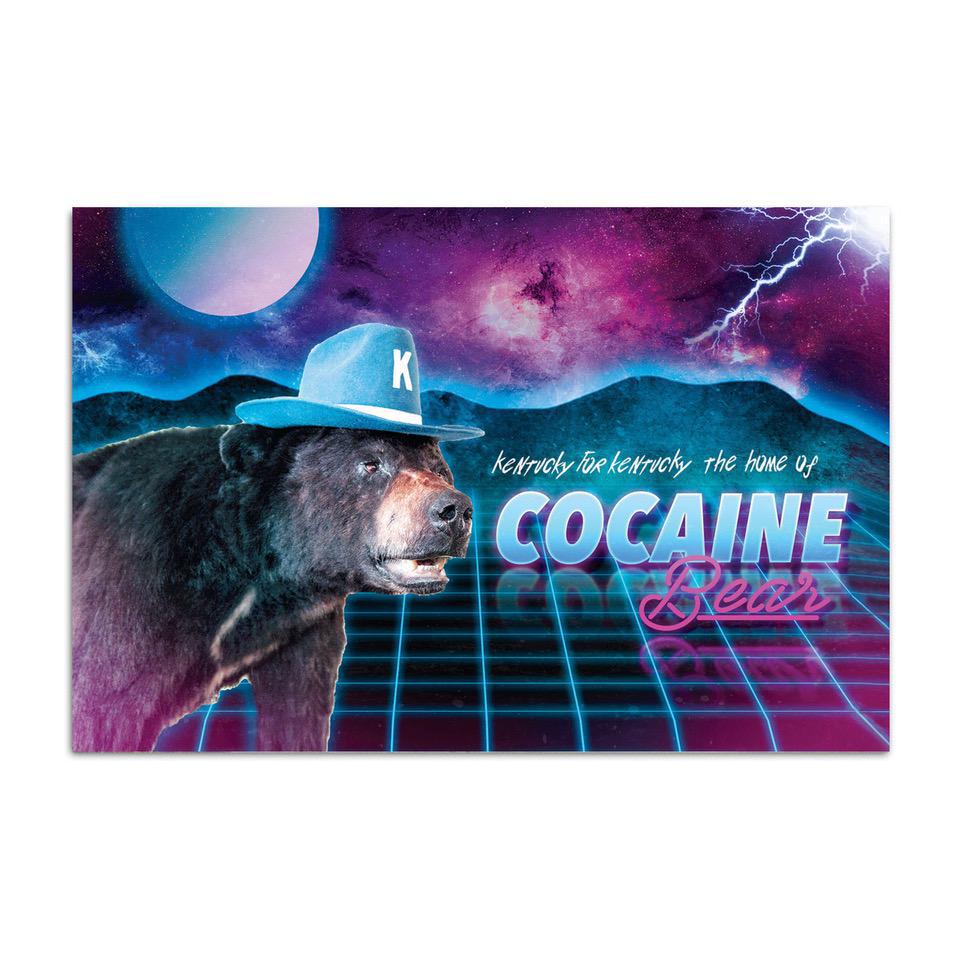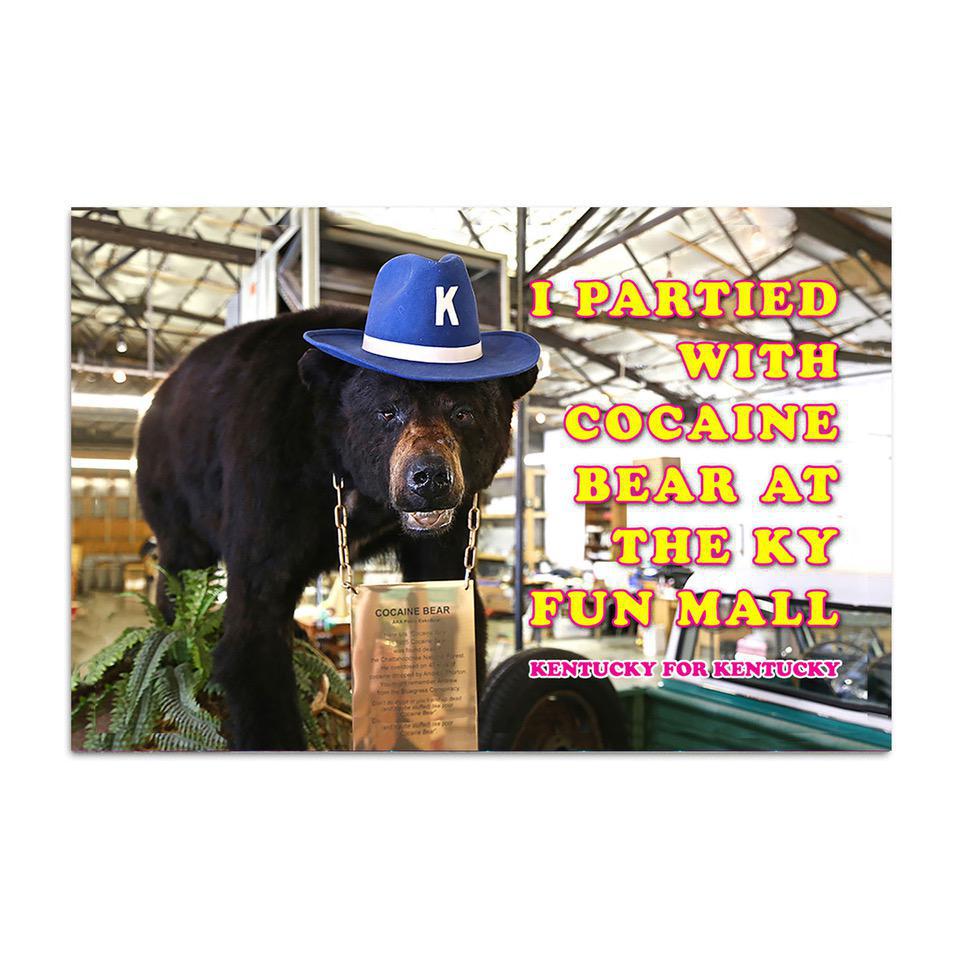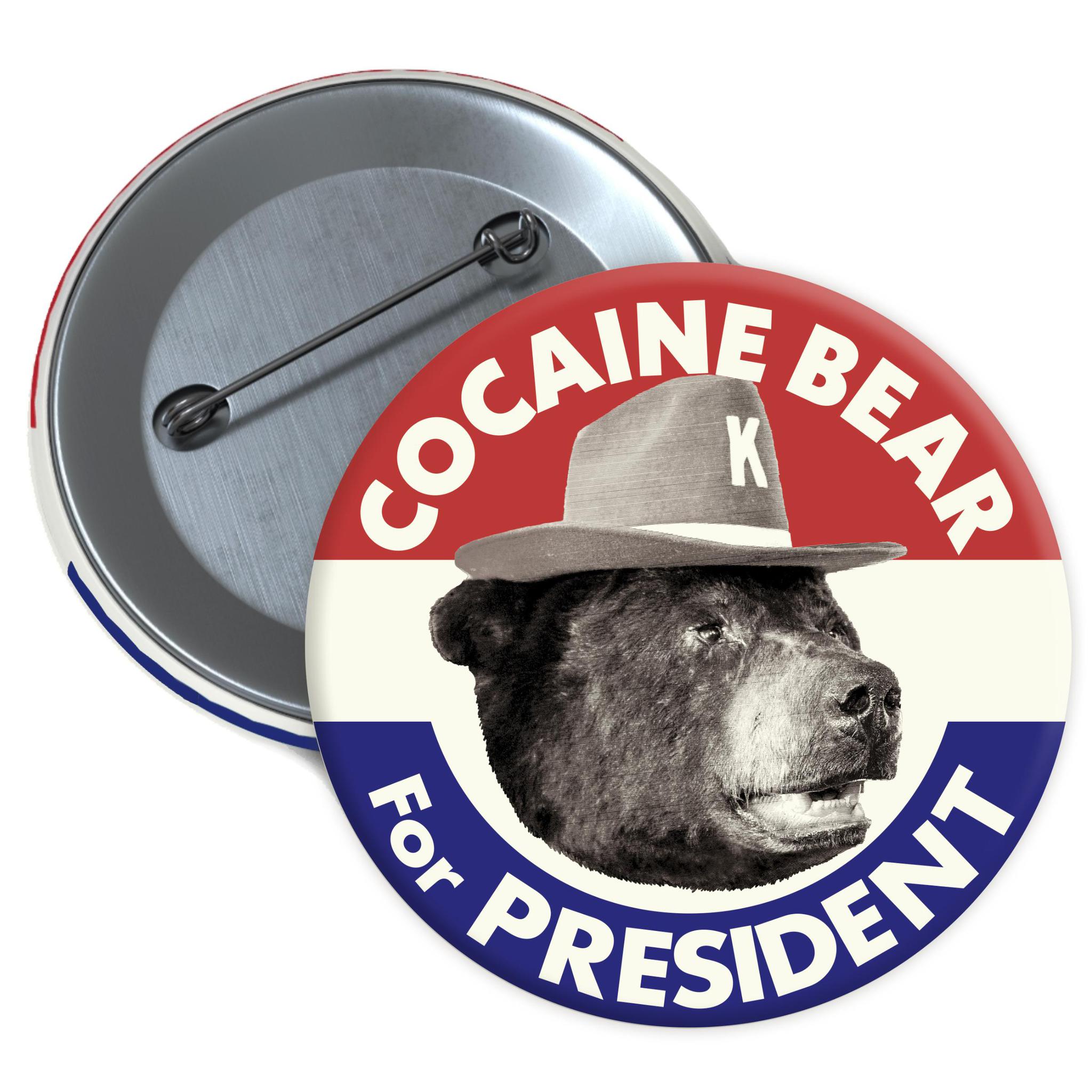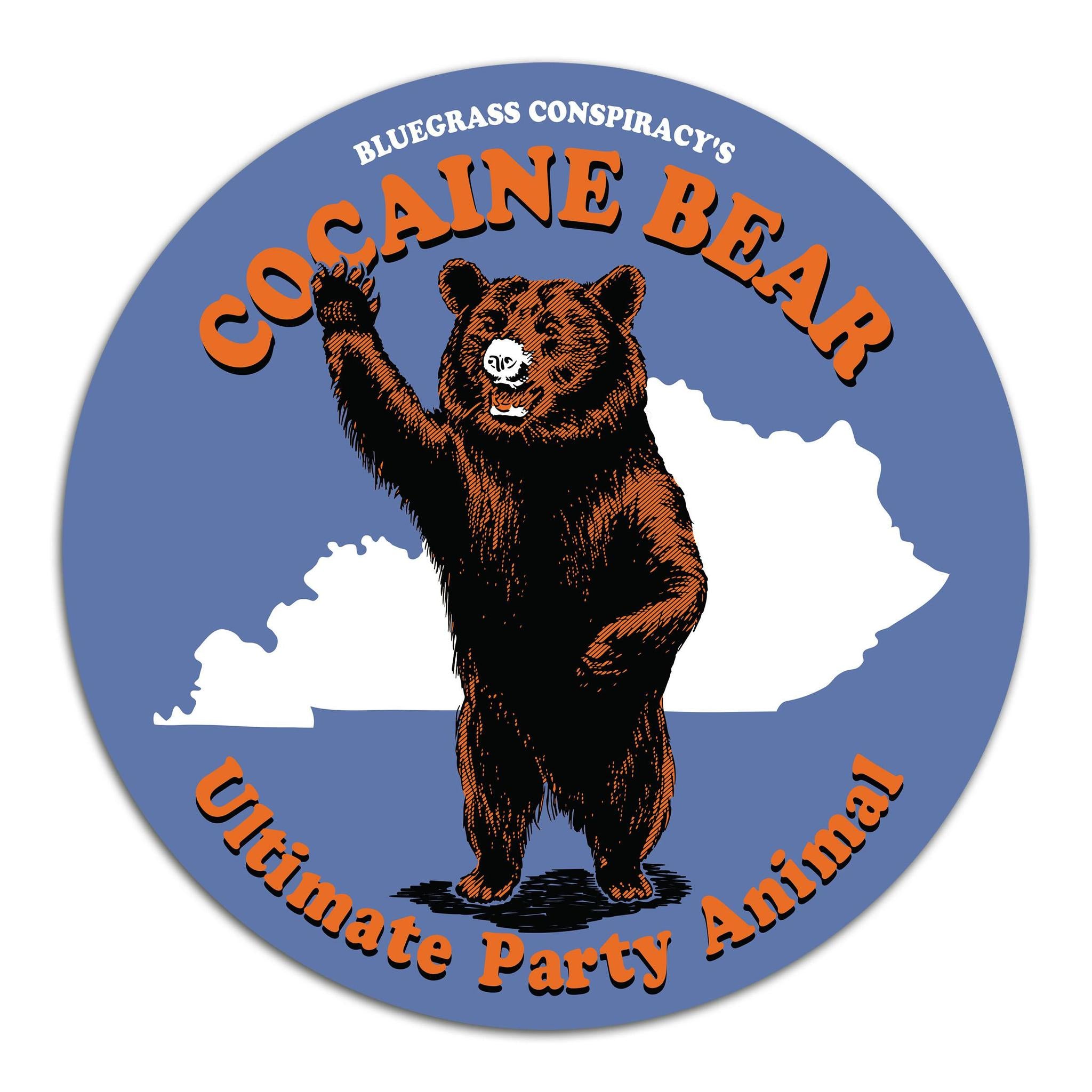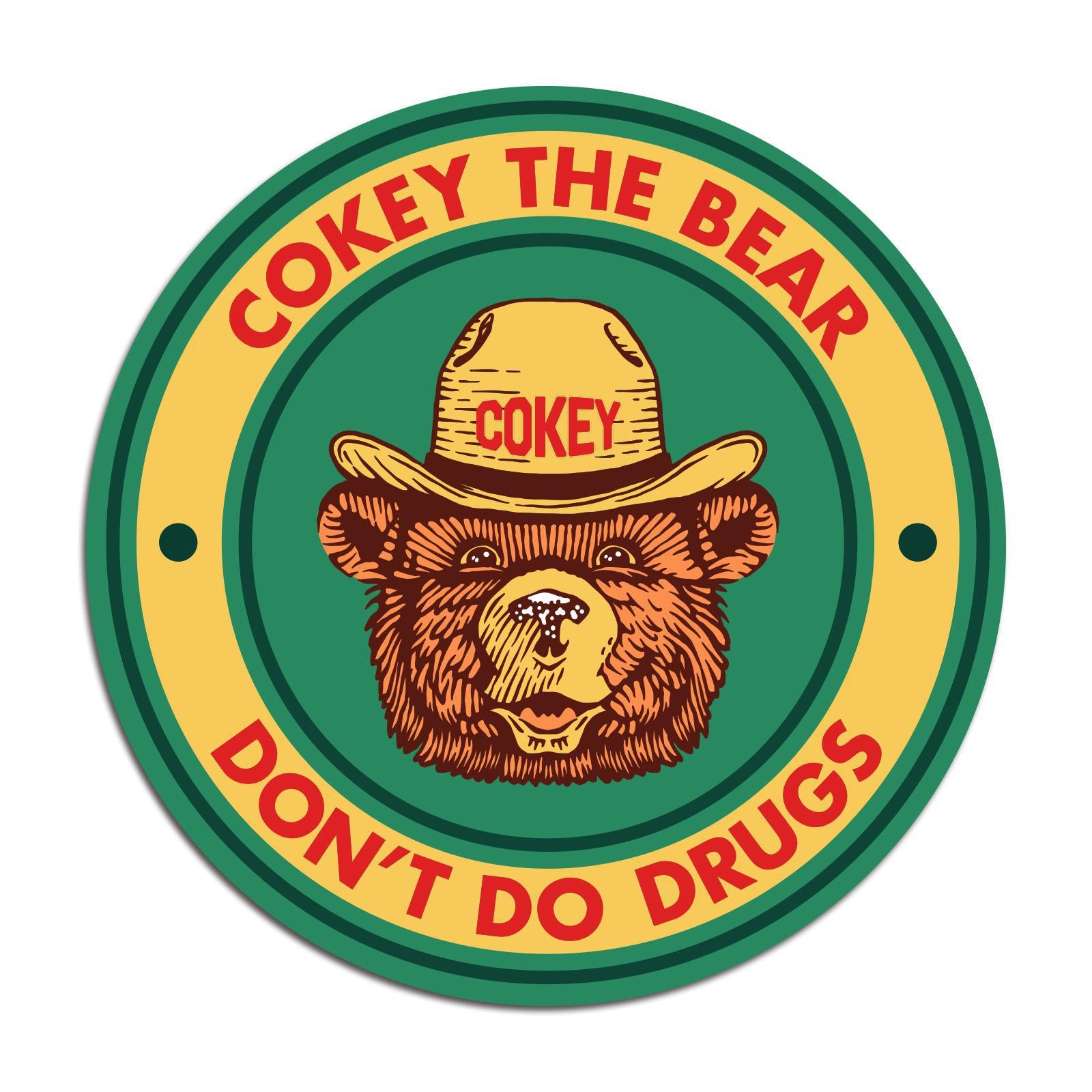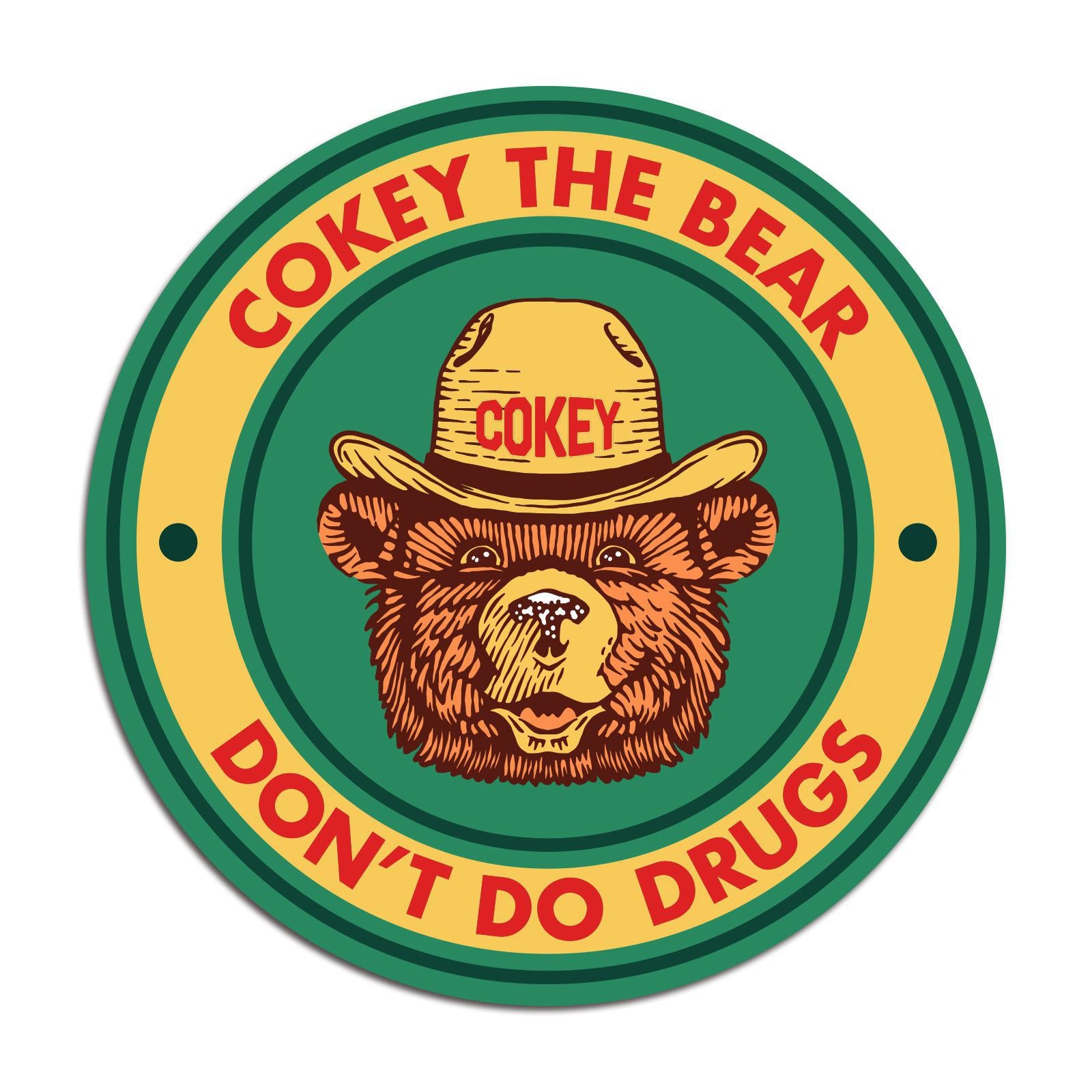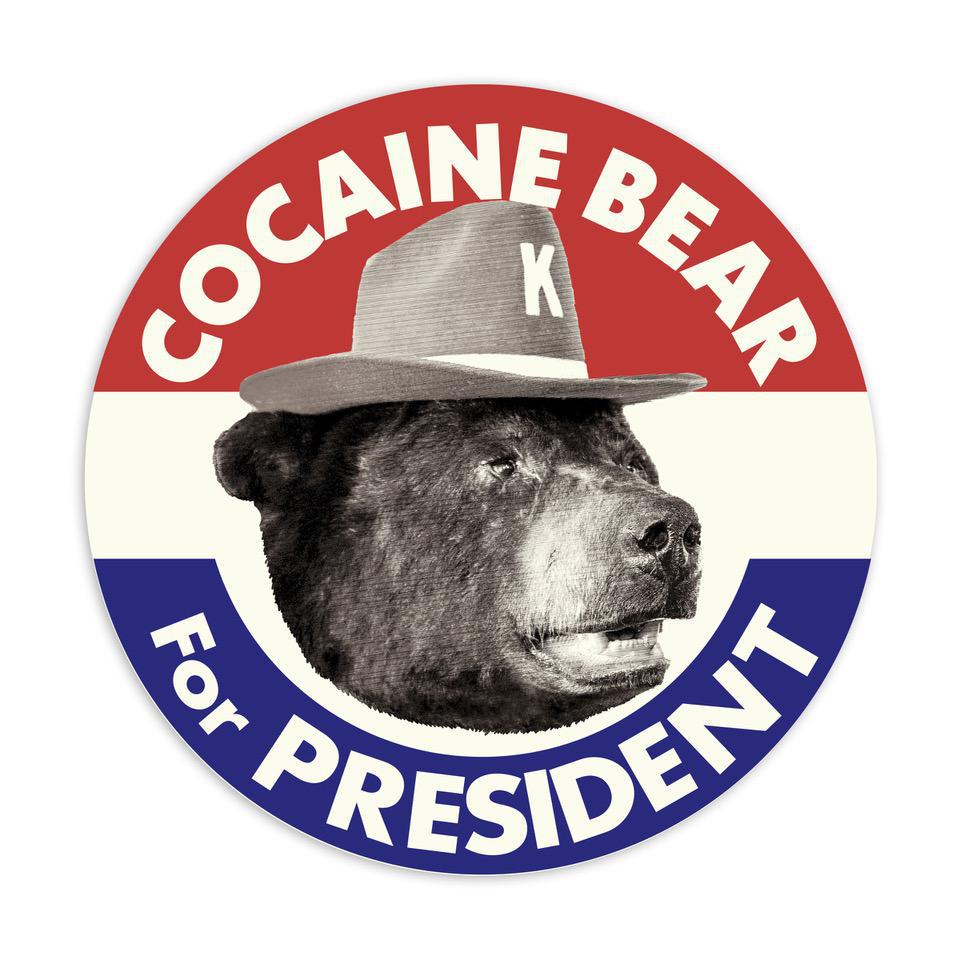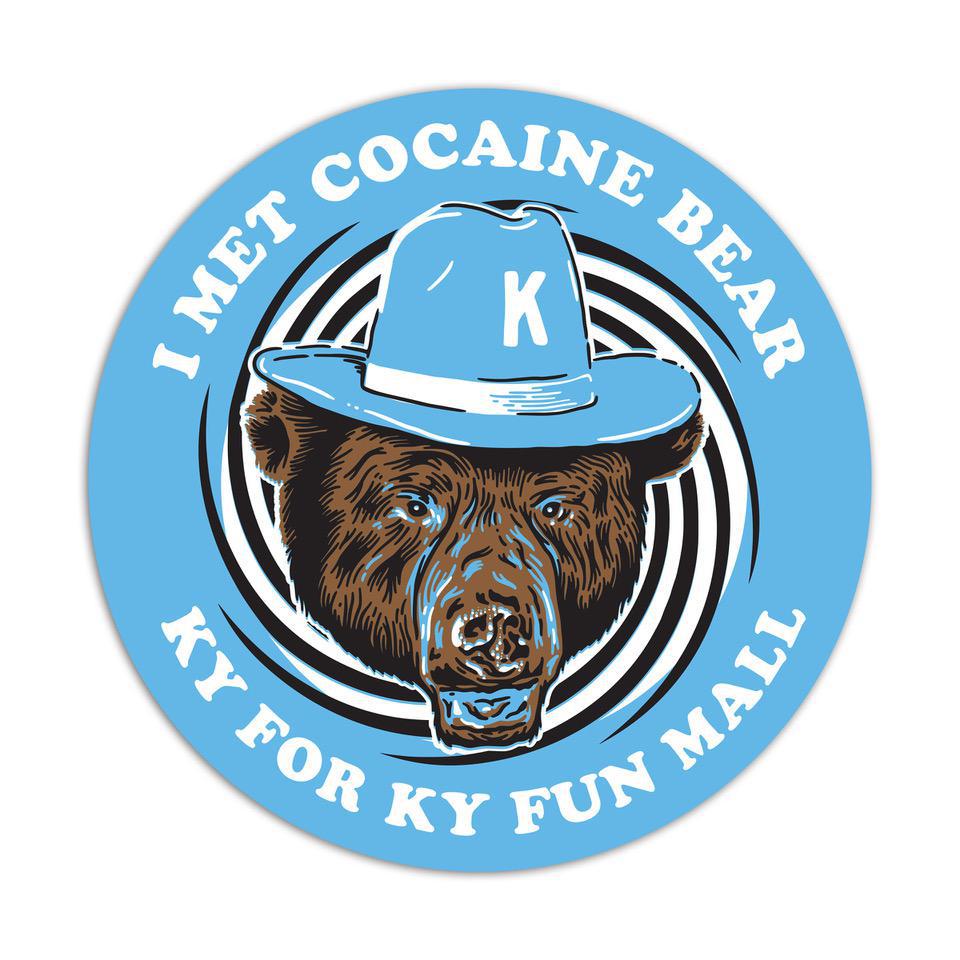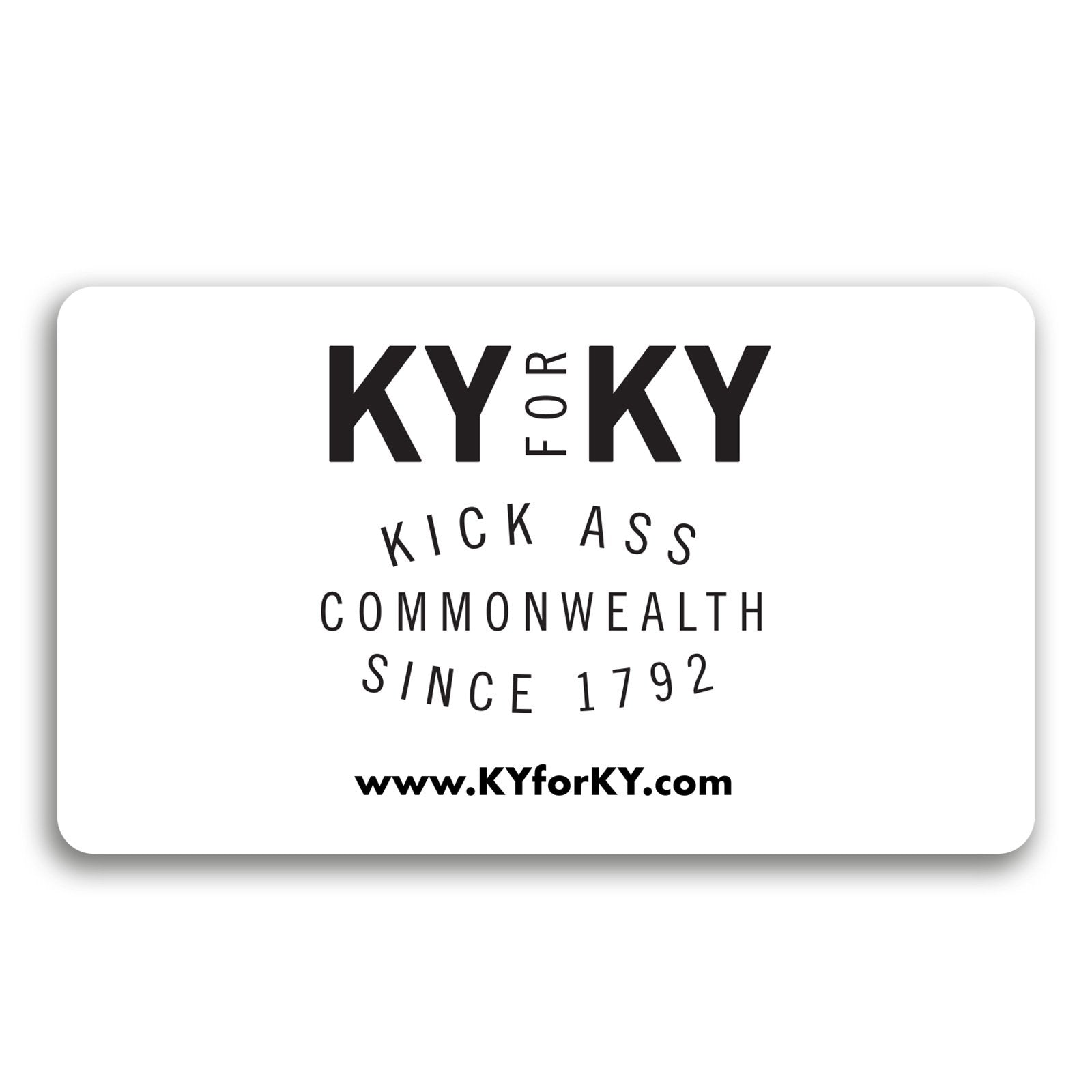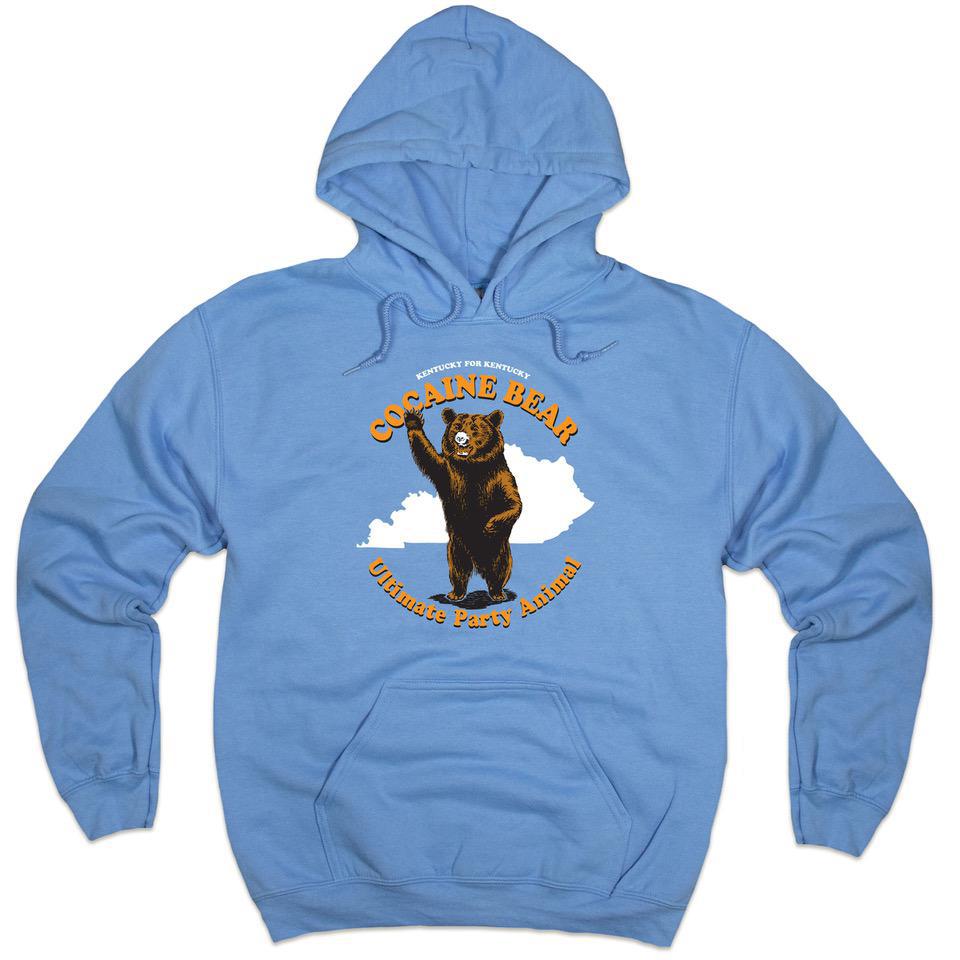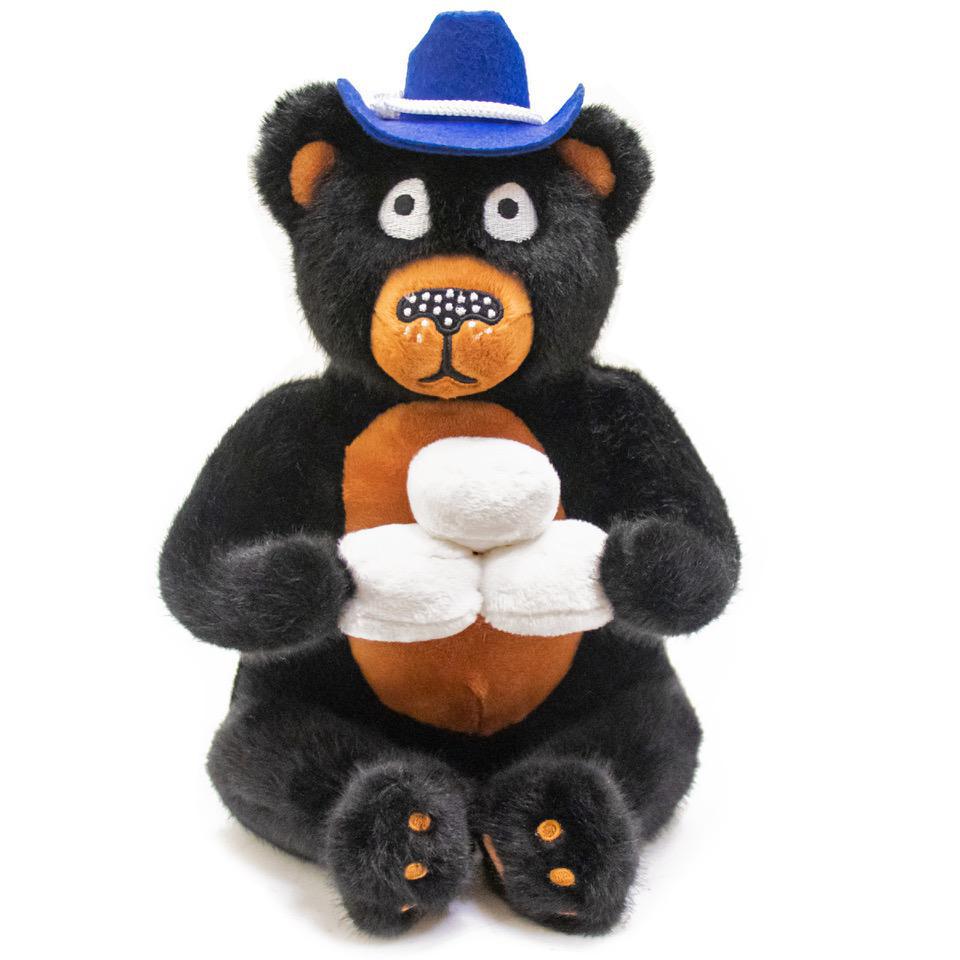The Bluegrass Conspiracy: Stranger Than Fiction
One of the greatest tales of corruption ever, The Bluegrass Conspiracy has fascinated people since its dramatic end in 1985. The tale revolves around a group of men from Lexington, Kentucky, the home of horse racing and high society.
But this isn’t just another anecdote of the exploits of the rich and powerful — The Bluegrass Conspiracy involves dirty cops, money laundering, and international drug and weapons smuggling made possible through connections at the highest level of state government.
This story sounds like a movie, and now, it is (sort of). The Cocaine Bear movie fictionalizes the story of one of the victims of The Bluegrass Conspiracy: An American black bear who had the misfortune of crossing the path of Andrew (Drew) Thornton II, one of the Conspiracy’s masterminds.
Andrew Thornton: Kingpin of The Bluegrass Conspiracy

To understand how it all happened, you have to understand Andrew Thornton II. The son of a prominent horse breeding family in Lexington, Kentucky blueblood Drew Thornton was raised in high society with all the privileges money can buy. But all the money in the world wouldn’t satisfy Thornton’s daredevilish tendencies.
Thornton was sent to a military academy at 14, where he met Bradley Bryant, another well-known Kentuckian. Raised in similar circumstances, they quickly became very close friends. After graduation, Thornton and Bryant both entered the Army.
True to his risk-taking nature, Thornton became a paratrooper. He was deployed to the Dominican Republic and was wounded in battle. He returned home to Lexington, where he was awarded the Purple Heart. His friend Bradley Bryant joined the Marines. After Bryant’s tour was up, he, too, returned to Lexington, where he and Thornton picked right back up where they left off.
Throughout his mid-20s, Thornton worked in his family’s horse business. But that didn’t stop him from chasing thrills: He took up parachuting as a hobby, got his pilot’s license, and in 1968, he joined the Lexington Police Department.
The war on drugs was just starting, and Lexington P.D. launched a special narcotics unit. One of the first officers to volunteer for the unit was Andrew Thornton. There, he met Henry Vance, a charming, well-connected man from a family with a good reputation. Vance had dropped out of law school and was looking for work. Luckily, his family was able to use their connections to get him in with the narcotics unit.
Good cops go bad — really bad
Thornton and Vance became friends right away. They were natural partners in the special narcotics unit: Vance acted as the spokesperson, and Thornton ran undercover, setting up buys and gathering info. Thornton was a tough cop, a renegade cop who was getting high on power.
The narcotics unit’s mission was to get rid of the drugs in Lexington at any cost, and they were able to get away with criminal behavior because there wasn’t a lot of oversight. Thornton got hooked on getting away with crime and became a drug dealer himself, stealing drugs from the evidence locker to re-sell.
Henry Vance was making illegal sales in weapons, using the power of the sheriff’s office. While he was eventually fired for forging the sheriff’s signature on a weapons order, Vance was able to work his connections again to weasel himself into a position in the State Legislature.
In the meantime, Bradley Bryant was hard at work making new connections in Philadelphia’s society. He went to Las Vegas often to visit his high-roller brother, where he eventually made connections to drug traffickers.
In 1975, Thornton and Bryant formed a company called Executive Protection, a company dedicated to personal bodyguard services. Using their business as a front, they were able to piece together a lucrative drug and weapons smuggling operation. And because of their connections, they were able to keep going for years.
“The Company”
Bryant, Thornton, and Vance were now running the largest drug smuggling operation in Kentucky history. Together, they were called “The Company”. They each had their own role: Bryant, the businessman, courting big money and political connections; Thornton, the logistics manager, renting airplanes and airstrips at small airports; and Vance, who worked at the highest levels of the Kentucky State Legislature and had the inside track on investigations. Both Thornton and Vance had lots of connections in law enforcement, especially within the DEA.
How did it work? Simple: Bryant leased small planes under the cover of Executive Protection. Thornton then flew to remote locations to load planes with bales of marijuana. Then, he returned to the Lexington airport to offload to dealers — right on the tarmac. Thornton knew the weaknesses of the police department, and he was able to exploit these weaknesses to the tune of hundreds of thousands of dollars worth of marijuana each year.
Though the money was great, Thornton was in love with the insider aspect of it — and his ability to keep getting away with it. He resigned from the police force completely to focus on running drugs.
Dead men don’t talk

By spring of 1977, people were starting to talk. Whispers of blackmail, smuggling, and even the disappearance of a young woman. The missing woman, Melanie Flynn, had spent a lot of time with Thornton — did she know too much?
But Bryant was unfazed. In mid-1978, he was ready to move on to the big leagues. He wanted to work with the Chagra brothers’ organization, which had connections to the Colombian cartel and suppliers in the Middle East. However, at the time, the Chagras were being investigated by the government. While Thornton was reluctant to join the two organizations together, Bryant eventually persuaded him.
In 1978, Thornton and Bryant were planning to fly to Colombia to pick up 20,000 pounds of marijuana and bring it back to Lexington. But they were about to put themselves under the microscope. In the days before the flight, the prosecutor investigating the Chagras was shot. Then, Lee Chagra was shot to death in his office by an unknown assailant. Undaunted, The Company went ahead with the job.
Thornton flew into Colombia, returning with 10 tons of marijuana. The crew unloaded the cargo, and Thornton had the plane flown to Louisville and abandoned. When airfield personnel discovered the plane, the authorities found it was registered to Bryant. The plane was turned over to the DEA when marijuana residue was found inside.
Cooking the books
When the Kentucky State Police saw the DEA investigation going nowhere, they suspected the DEA of collusion. Harold Brown lied to save Thornton, claiming that Thornton was an informant. Meanwhile, Jimmy Chagra was indicted on federal drug charges. But on the day his trial was to begin, the judge was shot dead. All associates of the Chagras were now under the microscope, confirming Thornton’s initial reluctance about joining the Chagras.
Thornton laid down the law: No more business with the Chagras. But Bryant was undeterred — he wanted to take over the entire Chagra organization. Thornton refused, and walked away from the deal. Bryant was now operating on his own. He convinced a cousin who held a high-level security clearance to steal thousands of rounds of ammo along with some night vision goggles.
In January of 1980, a hotel maid called the police when she smelled pot smoke. When they arrived, the police found the occupant of the room gone. However, he’d left behind a ledger, a telephone scrambling device, $25,000 in cash, weapons, and a lease to a warehouse in Lexington. The police tracked Bryant to the Philadelphia airport, where he was arrested
The Philly authorities turned the lease for the warehouse in Lexington over to the local authorities. Inside, they found an arsenal, including 250,000 rounds of ammo, an anti-aircraft gun, and military-grade night vision equipment.
Bryant’s arrest was shocking, and even more shocking was his acquittal. But he pressed his luck a little too hard in 1981, when he tried to sell 800 pounds of marijuana to a DEA agent in Illinois. That time, he was also indicted in California for possessing the stolen night vision goggles. Bryant pleaded guilty and received a 15 year sentence. But his arrest proved to be a turning point.
At the same time, a Company associate named Mike Kelly was about to go on trial for a marijuana importation charge, and Henry Vance was nervous about being exposed. By now, he had risen to the role of administrative assistant to the governor — and while he was known to be extremely vicious, he was also charismatic and charming. So charming, in fact, that he convinced Kelly’s wife, Bonnie, to go to Florida and kill the prosecutor. He gave her the gun and an alibi. What could go wrong?
Get the full story in "The Bluegrass Conspiracy"
Things fall apart
Vance and Thornton thought they had gotten away with it. Bonnie Kelly was in jail for killing the judge, and the five-year statute of limitations was just about to expire. But a couple of state law enforcement agents went down to talk to her — just in case — and she spilled the beans. All of the beans.
Henry Vance was convicted and sentenced to 15 years. And despite all of the evidence, many people in government wrote letters to the judge asking for leniency.
Thornton was wanted on drug smuggling charges, and evaded capture for six months by flying around the country. He was arrested during a fuel and maintenance stop in North Carolina and served 5 months in prison, where he did not learn his lesson. When he was released, he started making connections in South America.
In 1985, Thornton planned a big run to Colombia. But the FBI was on to him, and he didn’t yet know he was being watched. Thornton flew his plane to Colombia, loaded it with 200 pounds of coke, and turned around to head home. But by this time, federal agents were tracking him — and he knew it. He made a last-ditch effort to avoid capture but save the cargo by dumping duffel bags of coke from the plane over the Chattahoochee National Forest. With the plane on autopilot, Drew Thornton parachuted away with the last duffel bag of coke. No one knows exactly how it happened, but his parachute malfunctioned. He was found dead on a driveway in Tennessee and his plane crashed over 60 miles away in North Carolina. Found with cash, cocaine, and guns, every question about what was going on with Thornton was cleared up when his body was found in that driveway.
Cool story, but where does Cocaine Bear come in?
When Thornton tossed the bags of cocaine from the plane, they landed in the Chattahoochee National Forest, where they were greeted by a black bear. The bear dug in and ate enough cocaine to be described by the medical examiner as “packed to the brim”. After he was examined, he was taxidermied. And after a truly amazing journey (read more here), Cocaine Bear made himself at home at the Kentucky Fun Mall.




